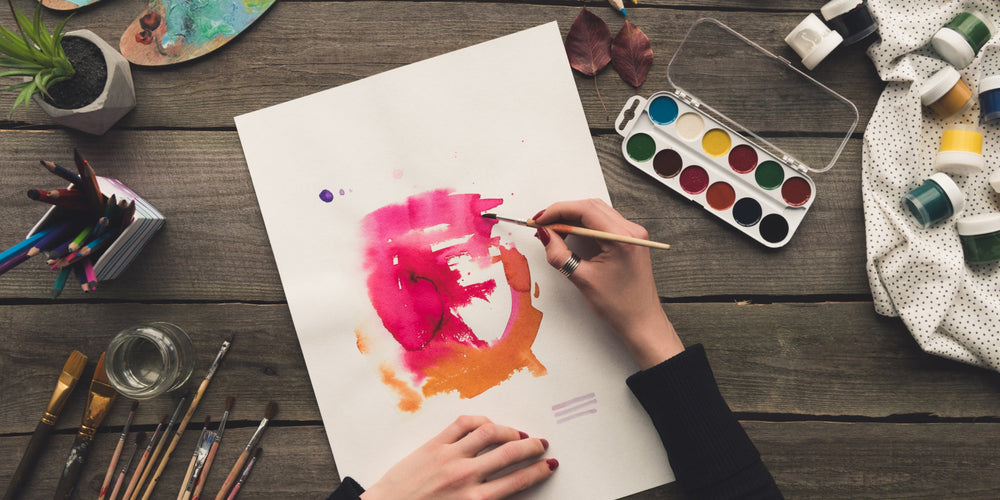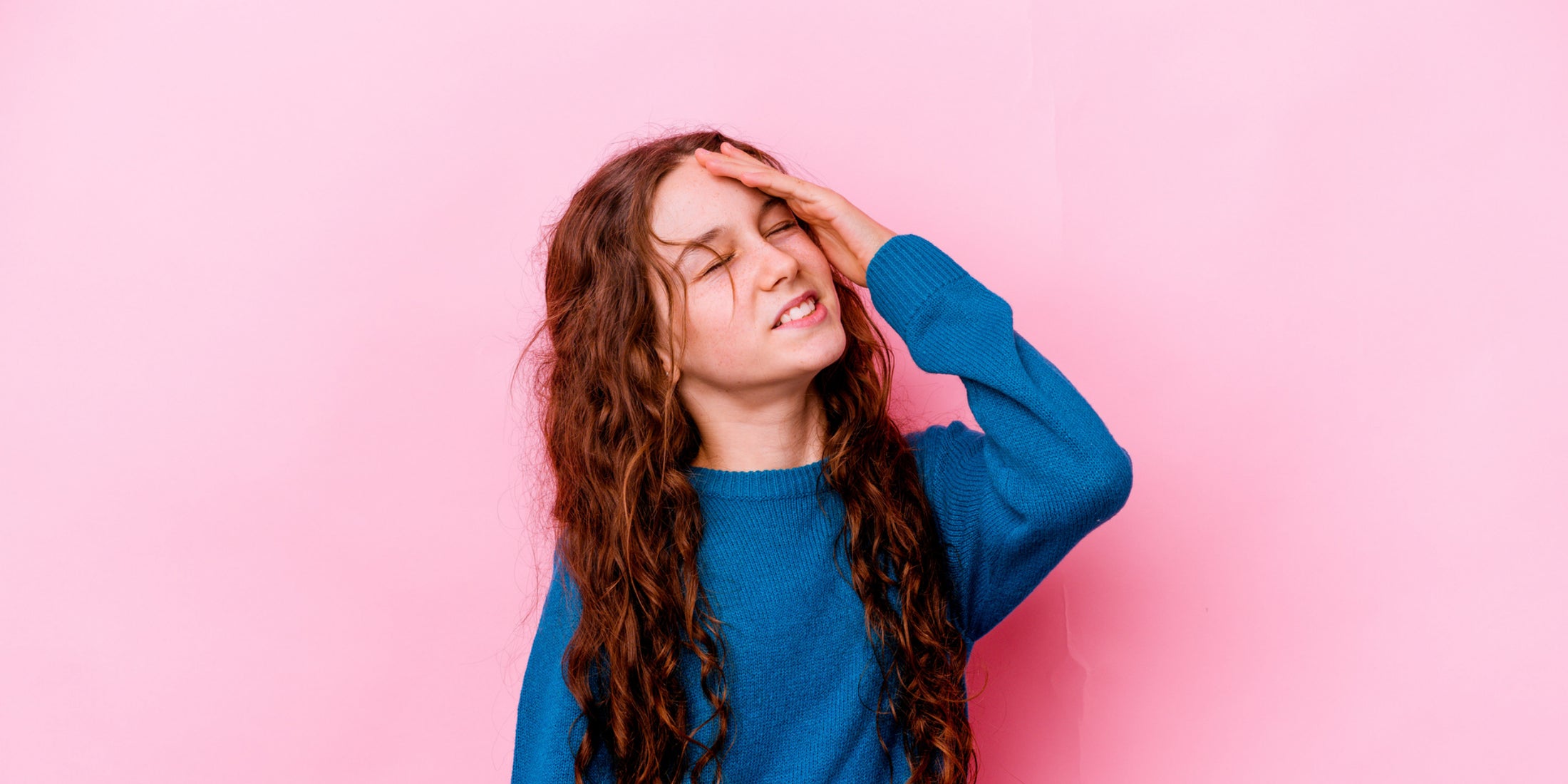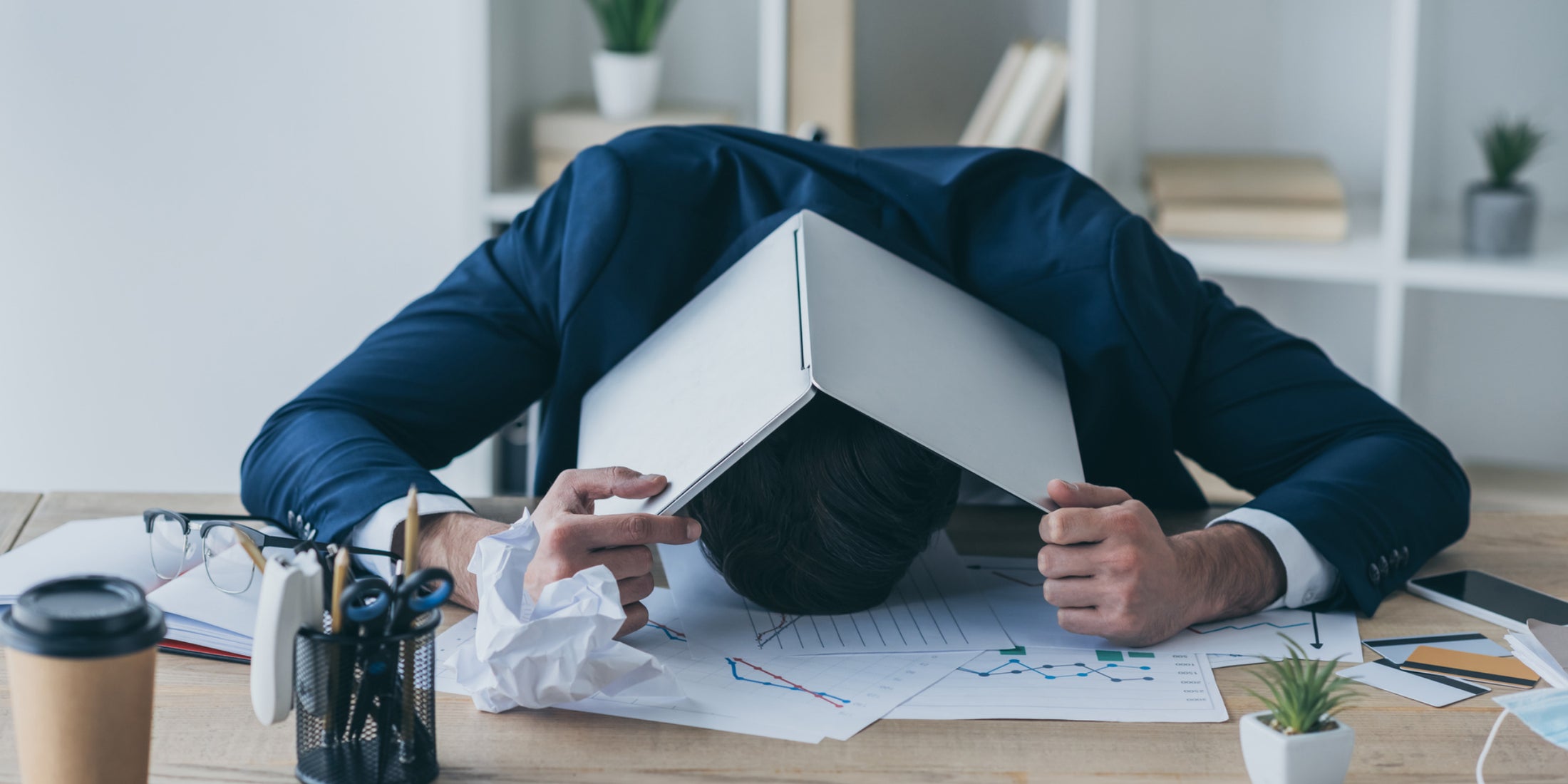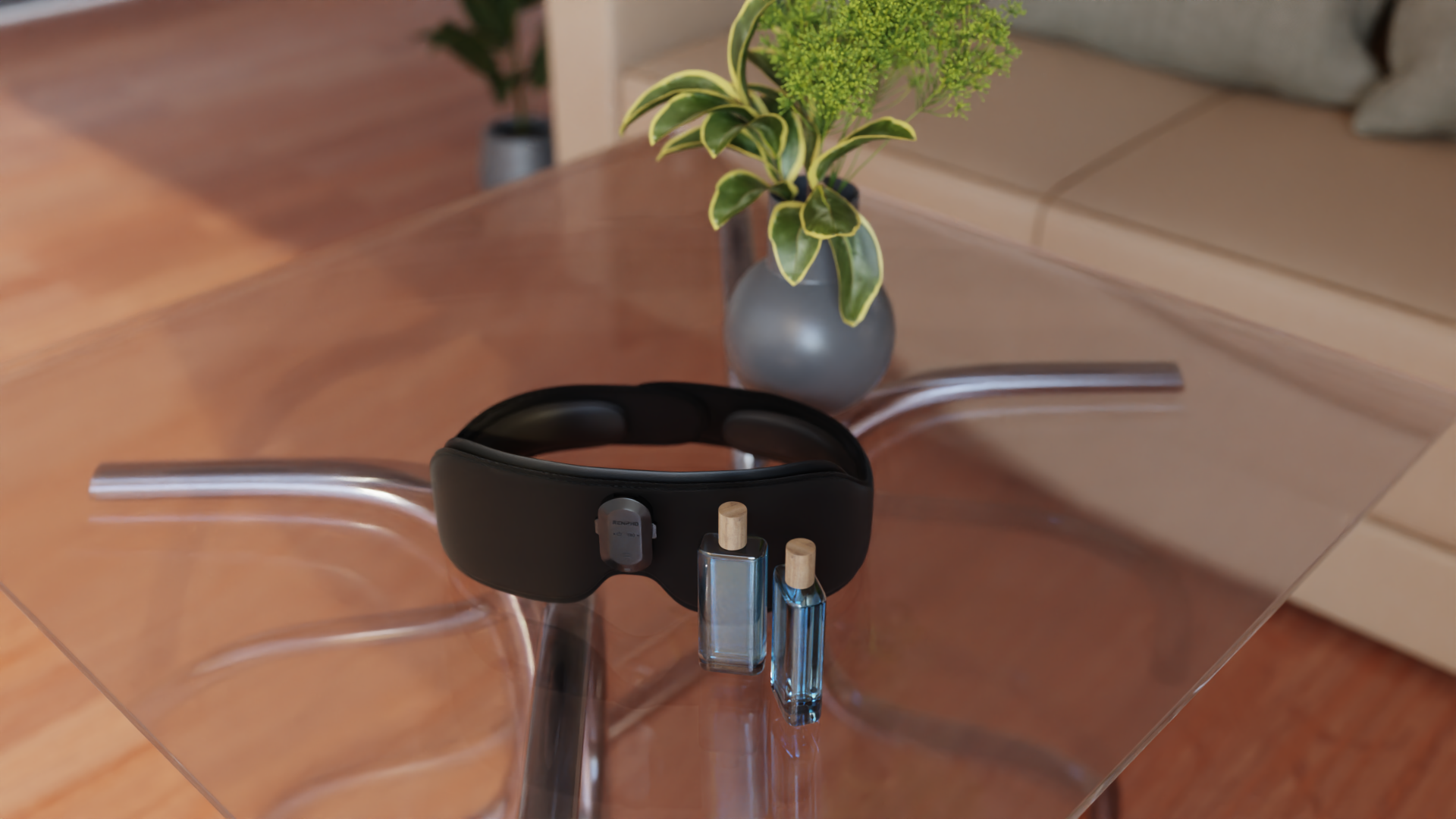Creative Outlets: Using Art to Express and Relieve Stress

Stay tuned to our latest news
Art has long been recognized as a powerful tool for self-expression and emotional release. Whether you’re an accomplished painter, a novice doodler, or someone who enjoys crafting, engaging in creative activities can significantly impact your well-being. In this article, we’ll explore how art serves as a therapeutic outlet, allowing us to navigate stress, anxiety, and other emotional challenges.
Why Do We Need Creative Outlets?

The constant pressure to succeed and excel in various aspects of life can take a toll on our mental and emotional well-being. As a result, individuals are constantly seeking effective means to alleviate stress and find solace in their hectic lives. One such method that has gained tremendous popularity is engaging in creative outlets, including art therapy for stress relief.
Creative outlets refer to activities that allow individuals to express themselves, explore their emotions, and channel their thoughts in a creative and constructive manner. These outlets provide an escape from the overwhelming stressors of everyday life, allowing individuals to immerse themselves in a world where self-expression takes center stage.
Art therapy, in particular, has emerged as a powerful tool for stress relief. It combines psychological theories and artistic techniques, providing individuals with a safe space to explore their emotions and release any pent-up stress or anxiety. Art therapy offers a creative approach to self-discovery and healing, enabling individuals to tap into their inner thoughts and gain a deeper understanding of themselves.
Through various forms of art, such as painting, drawing, sculpture, or even dance and theater, individuals can express their feelings, thoughts, and experiences in a non-verbal manner. This process allows for the release of emotions and provides individuals with a fresh perspective on their stressors. Engaging in art therapy not only opens up a channel for effective communication but also offers a means for introspection and self-reflection.
The benefits of creative outlets, such as art therapy, extend beyond stress relief. Research has shown that engaging in creative activities can improve cognitive function, enhance focus and concentration, boost self-esteem, and foster a sense of accomplishment. Moreover, these outlets provide a much-needed break from the constant demands of daily life, promoting relaxation and mindfulness.
With the increasing recognition of the significance of mental health and the benefits of creative outlets for stress relief, art therapy has found its way into various professional settings. It is now integrated into therapy sessions, schools, community centers, and even corporate wellness programs. This recognition reflects the growing understanding of the power of creativity in promoting overall well-being and maintaining a healthy work-life balance.
Types of Creative Outlets Whether you’re an accomplished artist or someone who occasionally dabbles in creativity, these avenues allow you to tap into your inner muse and find solace in the act of making. From visual arts to performing arts, let’s delve into the myriad ways we can channel our emotions and connect with our creative essence. Visual Arts: Painting, Drawing, and Photography
Sculpture and Pottery: Shaping the Elements
Performing Arts: Music, Dance, and Theater
Crafts and DIY: From Knitting to Woodworking
|
The Healing Power of Art

Art, in all its forms, has an extraordinary ability to touch our hearts, soothe our minds, and ignite our spirits. Whether you’re a seasoned artist or someone who occasionally doodles on a napkin, the act of creating holds immense therapeutic potential.
Art serves as a confidante — a canvas where we pour out our innermost feelings. When we pick up a paintbrush, it’s not merely about applying color to canvas; it’s about releasing emotions. Each brushstroke becomes a vessel for catharsis, allowing us to externalize feelings that might otherwise remain buried deep within. Similarly, molding clay with our hands isn’t just about shaping material; it’s a tactile channel for letting go of pent-up energy.
Music transcends language barriers. Whether we’re playing an instrument or simply listening, music connects us to our emotions. The melodic expression resonates within, creating a symphony of release. Song lyrics often articulate what we struggle to put into words. Singing along to a favorite tune becomes a cathartic release, allowing us to express our joys, sorrows, and everything in between.
Engaging in art demands our full attention. When we immerse ourselves in the creative process, we enter a state of mindfulness. Worries fade away as we become one with the moment. Have you ever lost track of time while painting, writing, or playing an instrument? That’s the flow state—an optimal experience where challenges and skills align perfectly. In this zone, stress dissipates.
Each stroke of the brush becomes a meditation. The canvas absorbs our worries, leaving behind a visual testament to our emotional journey. Similarly, writing and journaling allow words to flow like a river. Whether it’s poetry, prose, or a personal diary, writing becomes a way to explore our inner landscape.
Beyond words, art communicates without constraints. A painting whispers secrets, shouts defiance, or cradles vulnerability. Dance and movement become a dialogue—a conversation between body and soul. Through dance, we express joy, grief, longing, and celebration. Sculpture, whether carved from stone or meticulously folded paper, embodies our unspoken narratives.
How Engaging in Artistic Activities Can Benefit Mental Health

Engaging in artistic activities can offer significant benefits for mental health, serving as a powerful tool for stress relief and emotional well-being. This therapeutic practice, commonly known as art therapy for stress relief, combines creativity and self-expression, providing a safe outlet to explore one's thoughts, emotions, and inner struggles.
Art therapy is an effective way to reduce stress levels, as it helps individuals focus their attention on the present moment and express themselves freely. When creating art, whether it be painting, drawing, sculpting, or any other form, individuals can temporarily detach themselves from the anxieties and pressures of daily life. This immersive process facilitates a state of relaxation and calmness, enabling individuals to experience stress relief.
Moreover, art therapy provides a non-verbal form of communication that can be particularly beneficial for those struggling to express their emotions verbally. By engaging in artistic activities, individuals can externalize their feelings and thoughts through colors, shapes, textures, and imagery. This expressive outlet gives individuals a voice, allowing them to communicate and process their inner conflicts, traumas, or stresses that may be difficult to articulate otherwise.
Additionally, art therapy allows individuals to gain insight into their own emotions and thought patterns. Through the observation and interpretation of their artwork, individuals can develop a better understanding of their unconscious or subconscious thoughts and emotions. This self-reflection can lead to personal growth, increased self-awareness, and a greater sense of control over one's mental health.
Artistic activities also have a soothing effect on the mind. Engaging in creative endeavors promotes a sense of flow, a state of being fully absorbed and immersed in the activity at hand. This flow state shifts individuals' focus away from worries and negative thoughts, creating a sense of mindfulness and relaxation. In this way, art therapy for stress relief has the potential to enhance mental resilience and emotional well-being.
Furthermore, participating in artistic activities can foster a sense of accomplishment and boost self-esteem. Creating something tangible, whether it be a painting, a sculpture, or a handcrafted piece, provides individuals with a sense of pride and confidence. This affirmation of one's creative abilities can significantly impact self-perception and contribute to improved mental health.
Ways to Include Artistic Activity in Daily Schedules

The pressures of work, family, and personal lives often leave us feeling overwhelmed. It is crucial to find healthy outlets to alleviate and manage stress levels. One increasingly popular method is through art therapy for stress relief. By incorporating artistic activities into our daily schedules, we can effectively reduce anxiety, improve mental well-being, and unlock our inner creativity.
One way to include artistic activity in your daily routine is to set aside a specific time each day dedicated to art therapy. It can be as little as 15 minutes or as long as an hour, depending on your schedule. During this time, find a quiet and comfortable space where you can fully immerse yourself in the creative process. Whether it's painting, drawing, or crafting, engaging in an activity that allows you to express yourself artistically is key.
Another way to incorporate artistic activity into your daily life is to infuse creativity into mundane tasks. For example, while cooking dinner, take a moment to arrange the ingredients on the plate in an aesthetically pleasing way. This simple act of creativity can add an element of mindfulness to your daily routine, helping you focus on the present moment and release stress.
If time is limited, consider incorporating art therapy during your breaks or lunch hours. Instead of scrolling through social media or staring at a screen, use this time to engage in a creative pursuit. You can carry a sketchbook or adult coloring book with you, allowing you to escape into a world of colors and shapes. This mini art therapy session will help you recharge and refocus, making the rest of your day more productive and stress-free.
Additionally, technology offers numerous ways to include artistic activity into your schedule. There are various art therapy apps and online platforms that provide guided exercises and tutorials. These digital resources allow you to explore different forms of art, experiment with new techniques, and enjoy the therapeutic benefits of creativity, all at your own convenience.
Lastly, consider joining a local art therapy group or class. These communal settings not only provide an opportunity to learn from others but also offer a supportive and non-judgmental environment. Engaging in artistic activities alongside like-minded individuals can be incredibly uplifting and foster a sense of belonging, further enhancing the stress-relieving benefits of art therapy.
@jboardsfit RENPHO Massage Gun Unboxing #foryou #fypシ #4you #4youpage #massageguns #restandrecover #RENPHOhealthhero #RENPHO #renphomassage @RENPHO @RenphoGroup ♬ Whoopty (Instrumental) - DJB
Incorporating artistic activity into your daily schedule is an investment in your overall well-being. Make sure to relax and recover after a day of creating art with the RENPHO Power Massage Gun, a versatile percussion therapy device designed to alleviate muscle tension and promote relaxation. As an artist who spends hours painting or drawing, you’ll appreciate its deep tissue relief capabilities. With customizable intensity levels, interchangeable massage heads, and a portable design, this massage gun can be your go-to solution for unwinding tight muscles after a creative day. Whether you’re a professional artist or a hobbyist, the RENPHO massage gun offers targeted relief, improves blood circulation, and enhances overall well-being.
By dedicating time, infusing creativity into mundane tasks, utilizing breaks, embracing technology, or joining a community, you can effectively incorporate art therapy for stress relief into your life. So, why not start today and enjoy the countless benefits that art can bring to your daily routine?
Renpho Health Tips
-

Nature’s Nurture: How the Outdoors Can Ease Stress
April 10, 2024
Read more >
-

Is Managing Work and Life Stress a Balancing Act?
April 2, 2024
Read more >
-

Spring Cleaning Your Mind: Letting Go of Stress and Embracing Positivity
March 24, 2024
Read more >
-

The Impact of Stress on Productivity and Strategies for Stress Management
January 24, 2024
Read more >
-

Essential Oils: Stress & Anxiety Relief Guide
November 14, 2023
Read more >






